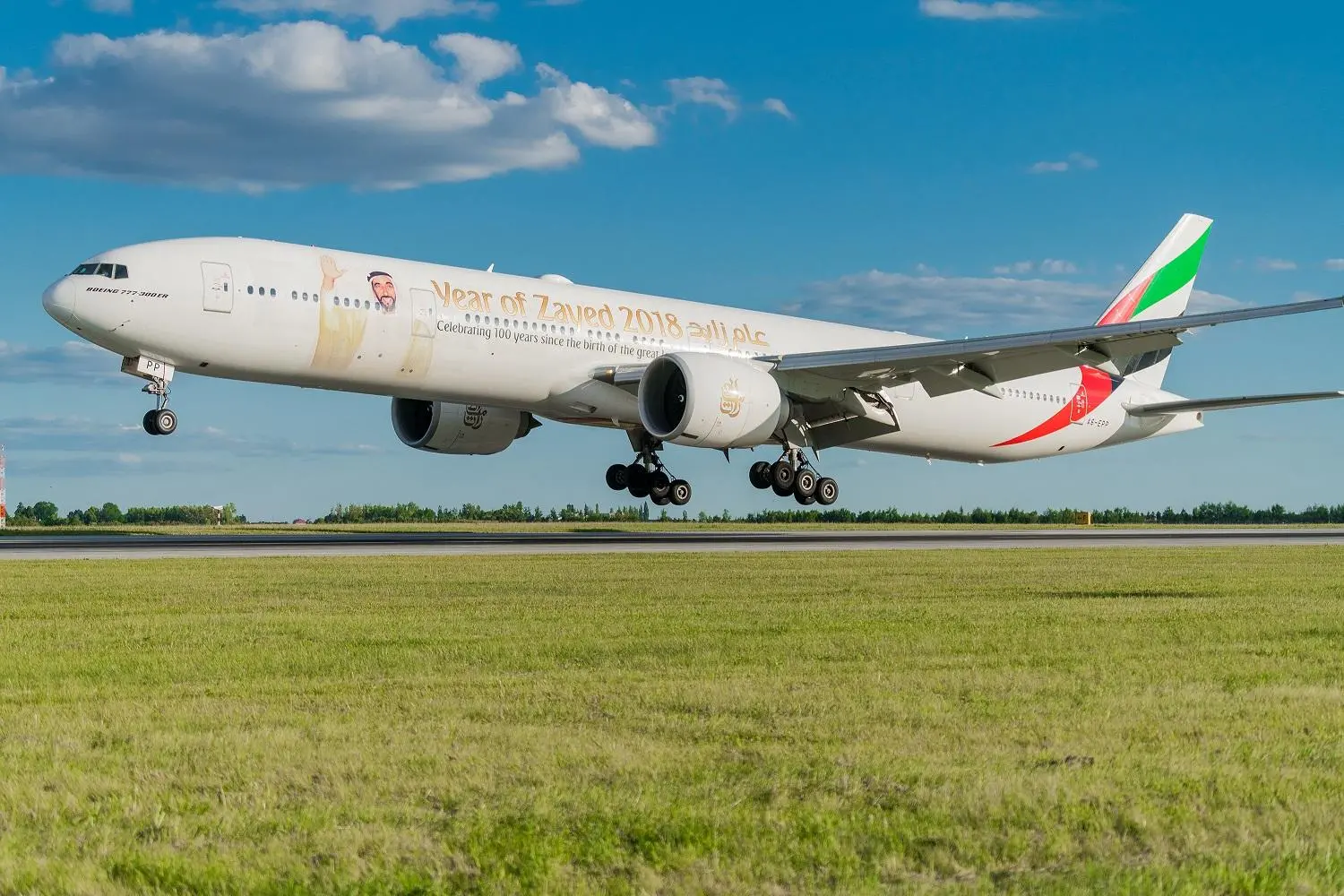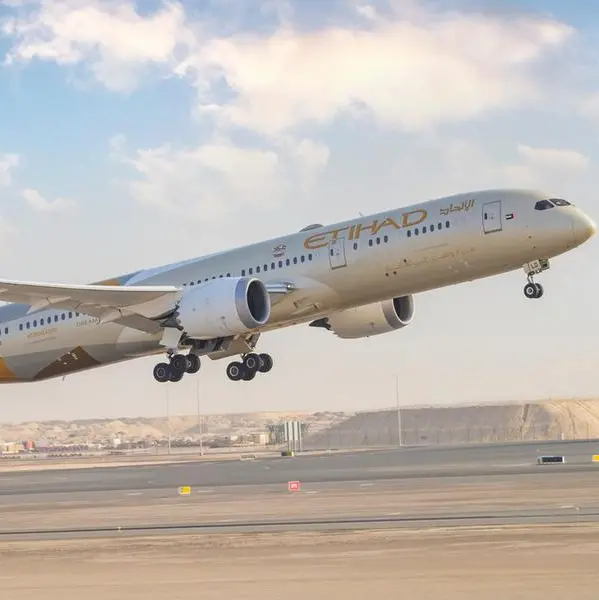PHOTO
The aviation sector, a vital contributor to the UAE's growth, is set to expand in 2019 as the nation's gateway airports stay on track to draw increased passenger traffic, driven by four fast-growing national carriers.
Over the next few years, the sector, which currently contributes 15 per cent to the country's GDP, is expected to account for 20 per cent of the economy as national carriers Emirates Airline, Etihad Airways, Air Arabia and flydubai continue to expand their global connectivity, frequencies and capacity in the backdrop of an ongoing Dh85 billion investment on aviation and tourism infrastructure by governments of various emirates.
While the four national carriers are continuing their expansion in various foreign markets, governments are spending billions on expansion and upgrading of airports and tourism infrastructure in anticipation of a significant jump in visitor traffic to the UAE during Expo 2020 in Dubai. The visitor flow to Dubai, the fourth most visited city in the world after London, Paris and Bangkok, alone is projected to cross 20 million in two years from the currently estimated over 16 million.
Sultan bin Saeed Al Mansouri, Minister of Economy and Chairman of the General Civil Aviation Authority (GCAA), said since the aviation sector is a key pillar in enriching the national economy, the UAE has invested in advancing its aviation sector in terms of using the latest technologies, research and development and hosting and participating in regional and international exhibitions and conferences. He said the aim is to reach significant agreements with local and global partners and increase trade and investment opportunities in the aviation industry.
According to recent industry estimates, the aviation sector is expected to contribute nearly Dh200 billion to the country's economy by 2020, providing up to 750,000 jobs.
Currently, the UAE is investing Dh85 billion in various airport development and expansion projects that will see its airports develop a combined capacity to handle more than 300 million passengers a year.
The various airport investments under way include Dh30 billion in developing Al Maktoum International Airport, Dh28 billion expansion of phase four of Dubai International Airport and Dh25 billion for the development and expansion of Abu Dhabi International Airport. In addition, Sharjah International Airport is also undergoing a Dh1.5 billion investment in expansion of its terminal.
Recently, Dubai launched the largest tender so far for expanding Al Maktoum International Airport. The package, which consists of 1.7 million square metres of connected basement footprint to house tunnels, baggage handling and other back-of-house technical and support facilities, was "the biggest ever released in its category", according to Sheikh Ahmed bin Saeed Al Maktoum, chairman and chief executive of Emirates airline and Group. "We are targeting an award by early next year."
Al Maktoum, Dubai's second airport, is expected to become the world's largest when its expansion is completed. The airport, which opened in 2013 in the Dubai South district, can handle around seven million passengers annually.
"The UAE's aviation and air transport sector has made unique jumps during the past few years, where the state managed to reach milestones on a par with leading countries in this sector, whether in terms of the number of flights taking off or landing every day at UAE airports or the number of passengers," said Saif Mohammed Al Suwaidi, director-general of GCAA.
He said the UAE seeks to become first globally in the airline service quality index after it achieved a unique shift in the size of its air transport infrastructure projects over the past few years.
Airlines' performance
The ongoing airport developments will help the UAE's four national carriers, with a combined fleet size of over 500 aircraft, to serve more than 75 million passengers annually. In 2018, while all the four airlines registered improved performance compared to the previous year despite the global regional headwinds affecting the aviation industry, passenger traffic also showed an upswing.
Saj Ahmad, an analyst at London's StrategicAero Research, said the UAE will lead the way in air travel over the coming year as it has done for the past decade.
"The impending runway resurfacing work will naturally have an operational impact at Dubai International, as well as its two biggest operators in Emirates and flydubai - however, both airlines have astute plans in place to mitigate against disruption while also using additional capacity over at Dubai World Central to maintain flight frequencies," he said.
He said Etihad will be pushing hard to get back into the black while eyes will be on Air Arabia for its long-awaited fleet renewal decision.
"The UAE's progressive, aggressive and dynamic aviation framework ensures that airlines operating into and out of the country will harness, leverage and benefit from continued investment in new technology to help cope with continued rising demand - and the benefits for passengers will ensure that they continue to choose the UAE as a gateway and destination for their travel plans ahead of other GCC rival nations," he added.
According to Boeing, airlines in the Middle East, led by the four UAE carriers, will require 2,990 new aircraft worth $754 billion over the next 20 years, to meet rising demand as the region continues to grow its commercial aviation industry.
Demand for widebody aircraft, a category dominated by Emirates, will account for the bulk (52 per cent) of new requirements, according to Boeing's latest Commercial Market Outlook.
In line with International Air Transport Association projections, Boeing forecasts 5.2 per cent growth in traffic over the next 20 years, supported by a 4.9 per cent increase in total regional fleet size. The size of the Middle East market is expected to be worth $660 billion in two decades, with the four UAE carriers expected to account for a large part of it.
Copyright © 2018 Khaleej Times. All Rights Reserved. Provided by SyndiGate Media Inc. (Syndigate.info).












